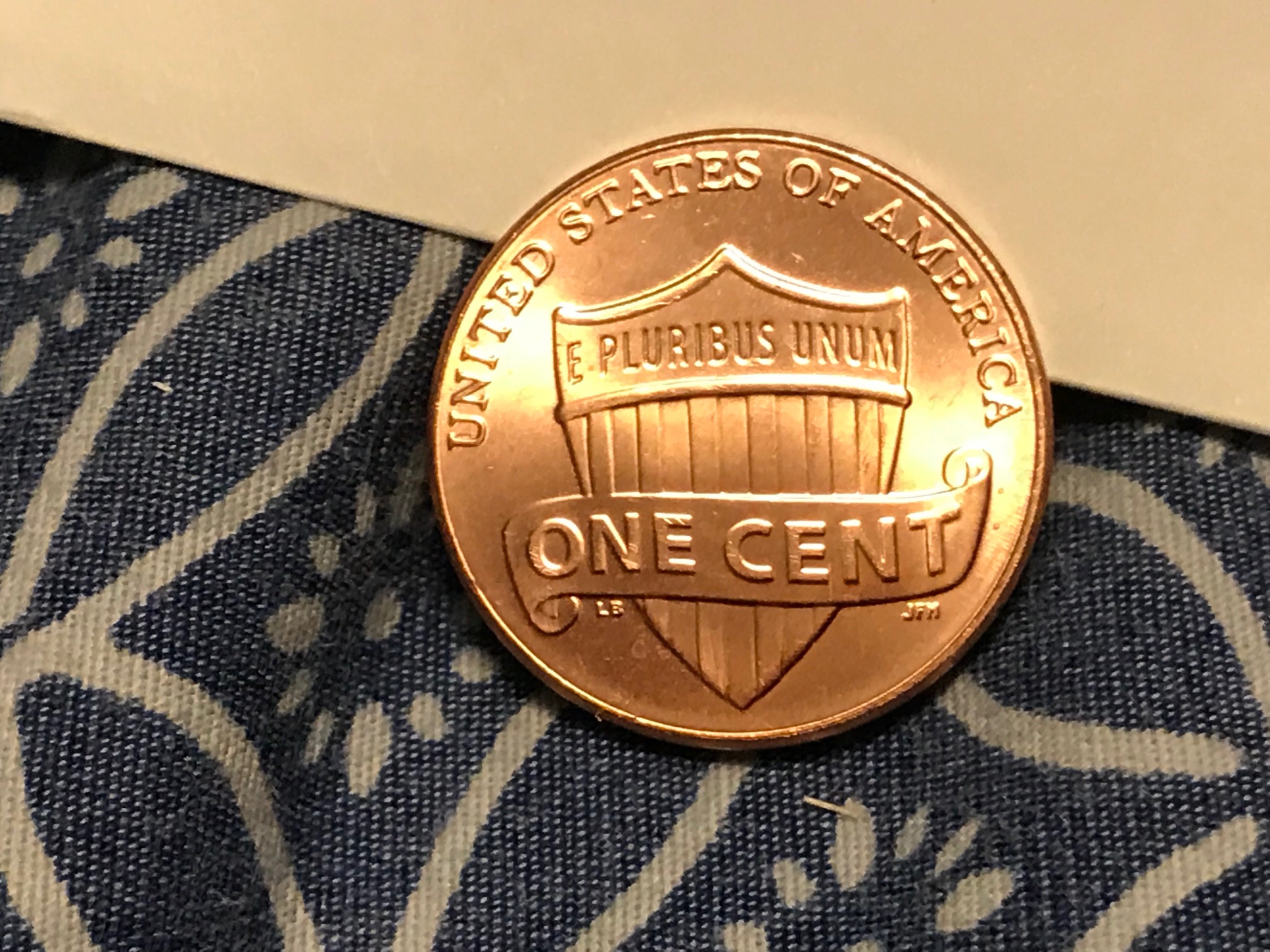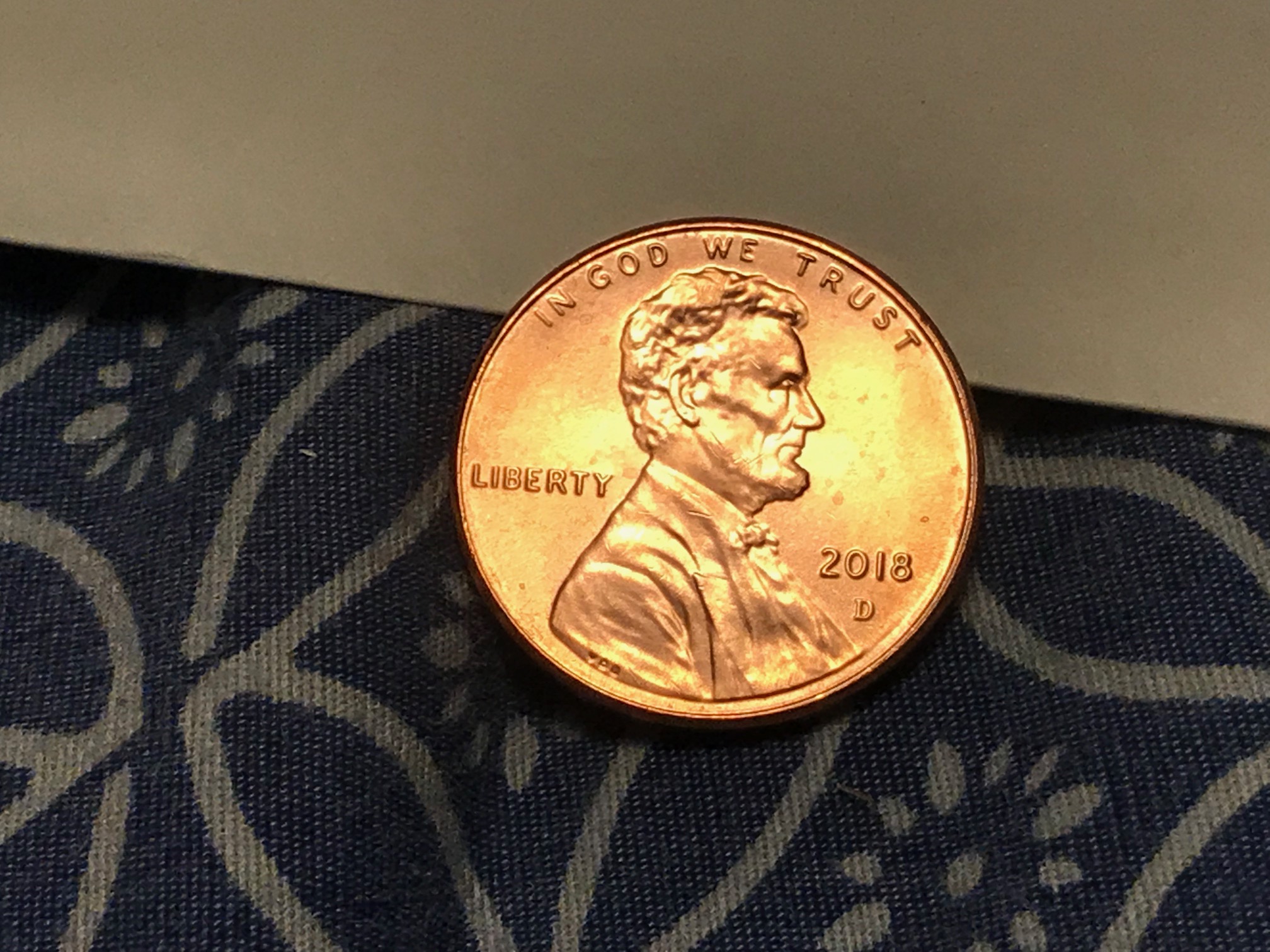2018 U.S. “Copper” Penny: 579,100 ppm Zinc & 419,200 ppm Copper. No Lead, No Cadmium, No Mercury, No Arsenic.
#AskTamara | #DearTamara | Coin | Copper Penny | Currency | Penny | U.S. Currency | Zinc Penny

Details:
- Metals not detected are not listed
- Tests are done in “Consumer Goods” mode
- Testing instrument is a Niton XL3T XRF instrument by ThermoFisher Scientific.
- Both sides of the penny were tested multiple times to confirm the results.
- Tests were done for a minimum of 6o seconds each.
- Copper (Cu): 419,200 +/- 3,000 ppm
- Zinc (Zn): 579,100 +/- 3,600 ppm
- Cobalt (Co): 322 +/- 156 ppm
Check out the older penny that I tested the other day…. very different results! Link here.
As always, please let me know if you have any questions.
Thank you for reading and for sharing my posts.
Never Miss an Important Article Again!
Join our Email List




According to Wiki this is the ratio/composition of a 2018 penny, zinc with a paper thin copper coating. If you nick the side and place in vinegar, the zinc will be eaten away leaving the fragile copper shell. Funny what your XRF is reading or averaging out.
1982–present copper-plated zinc (97.5% zinc, 2.5% copper) 38.6 grains 2.5 GRAMS
Hi Mark,
Thanks for chiming in. That’s probably correct. The XRF reads the coating / surface layer depending on how thick it is, which is why it makes sense that it is reading a higher copper level and a lower zinc level than what you have stated above. Digestive sampling would probably result in the levels you noted.
Tamara
I was reading a paper found on Google on coins and came across this variable. They tested a 1975 and 2005 penny among other various old coins and charted the results, maybe of interest.
Study and Comparison of Coins by X-ray Diffraction (XRD) – Brown University Blogs
PDFBrown University
“Since the penetration depth of the x-ray is a function of the angle of incidence, fixing the stage at a low angle and only allowing the detector to rotate allows for a more “shallow” scan. This scan type is traditionally used when analyzing thin films to avoid penetration of x-rays into the substrate. It is used here to compare the “surface” of the coin, with the “interior.”